Thanks Jason that was a great article.
However in T2K this Soviet plan for an occupation of West Berlin would have been thrown out as the Germans themselves decided to reunify, and the NVA changes side very quickly. So if the Soviets won't "liberate" West Berlin themselves then there is only the remnant loyalist regime and security forces in East Berlin to take on the Allied Garrisons in West Berlin.
Its hard to find information about how much was stockpiled in West Berlin. There is a NY Times article that states that there was 300,000 tons of food and supplies worth $480 million stockpiled in 280 warehouses across West Berlin. And that is what the government of West Berlin stockpiled alone, not the Allied garrisons.
However in T2K this Soviet plan for an occupation of West Berlin would have been thrown out as the Germans themselves decided to reunify, and the NVA changes side very quickly. So if the Soviets won't "liberate" West Berlin themselves then there is only the remnant loyalist regime and security forces in East Berlin to take on the Allied Garrisons in West Berlin.
Its hard to find information about how much was stockpiled in West Berlin. There is a NY Times article that states that there was 300,000 tons of food and supplies worth $480 million stockpiled in 280 warehouses across West Berlin. And that is what the government of West Berlin stockpiled alone, not the Allied garrisons.
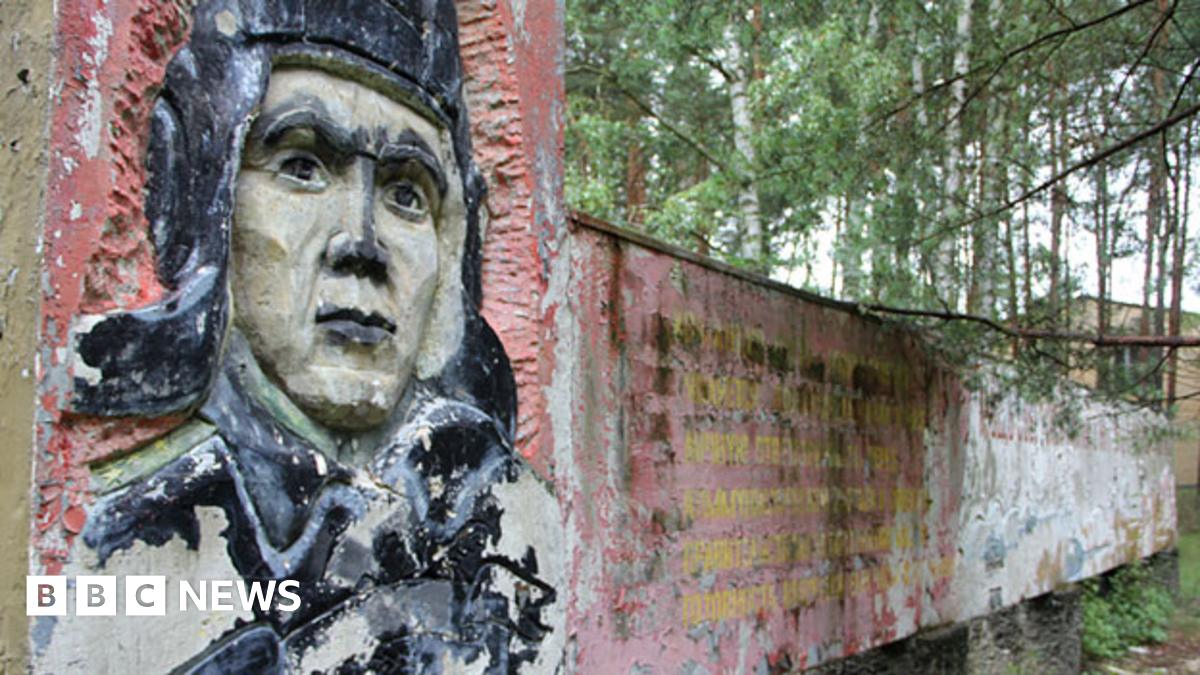






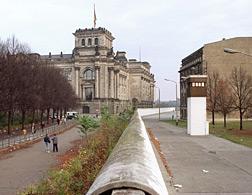





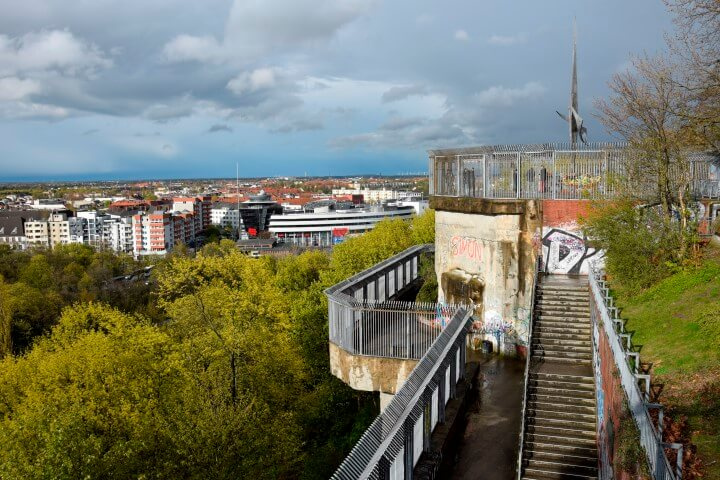

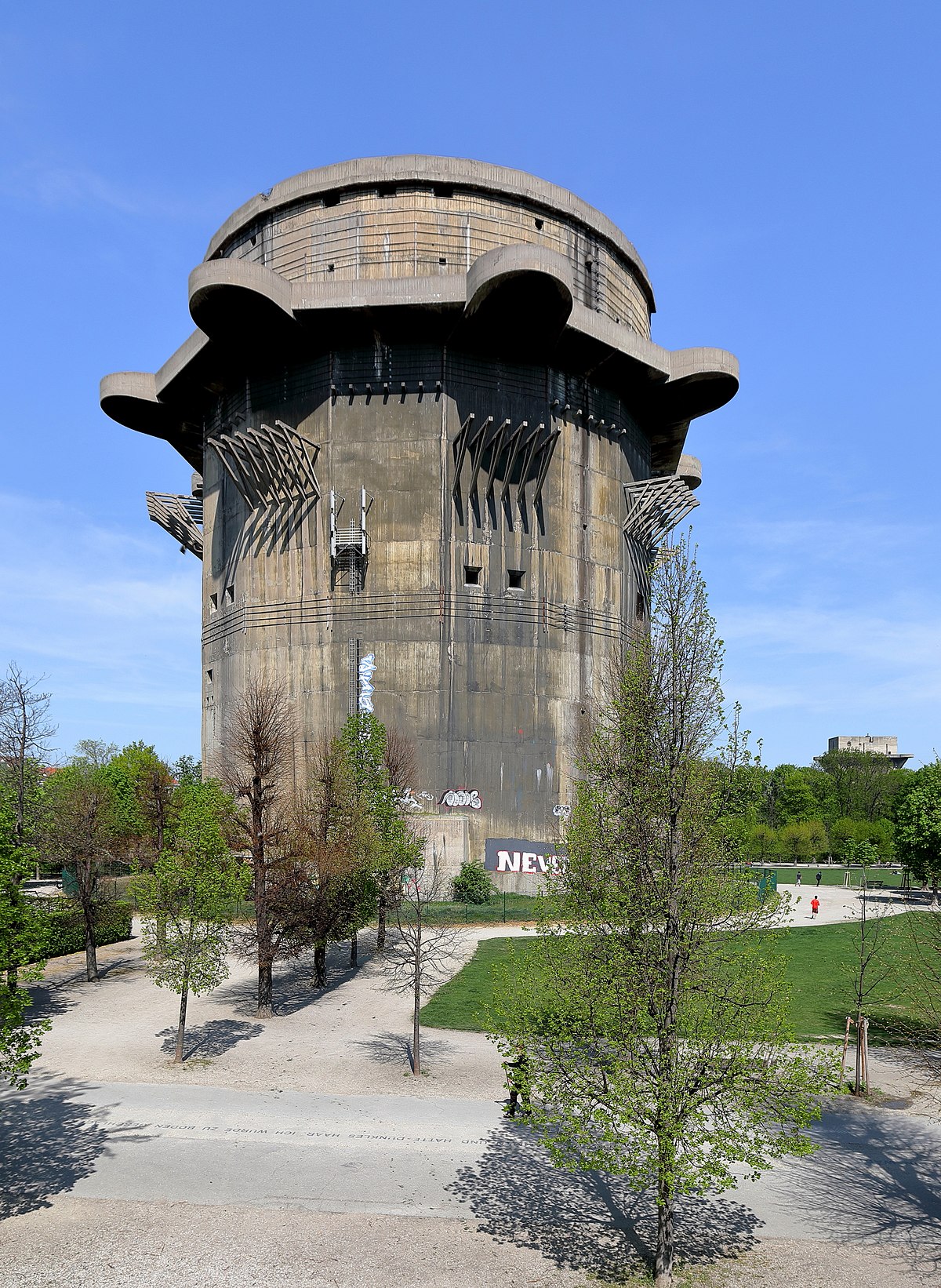





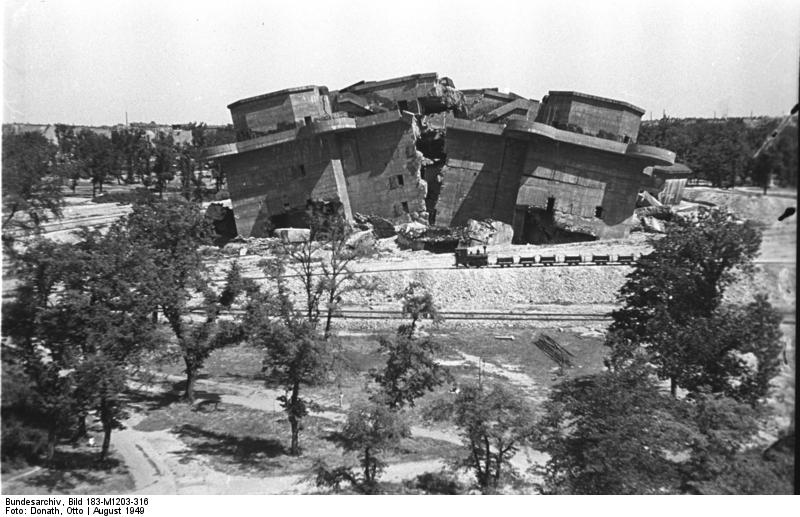


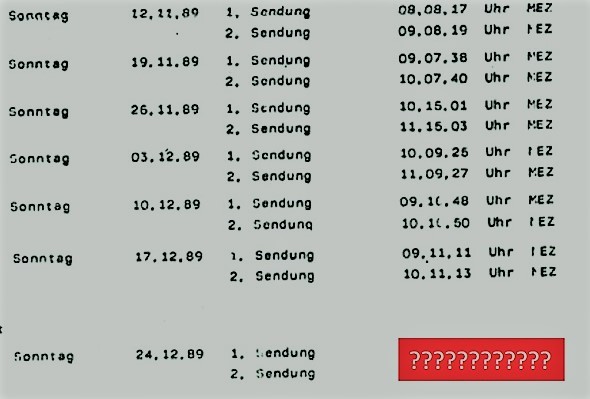


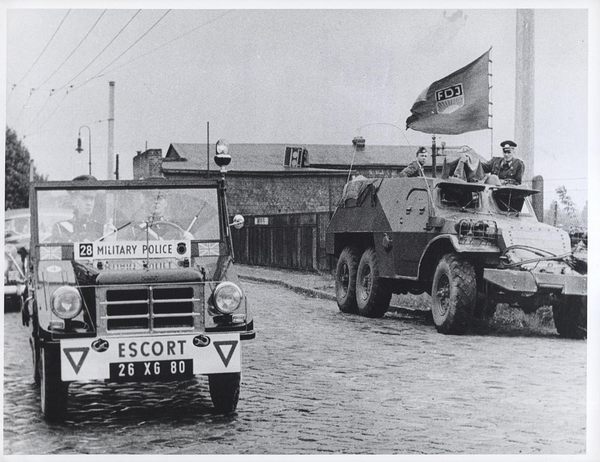
Comment